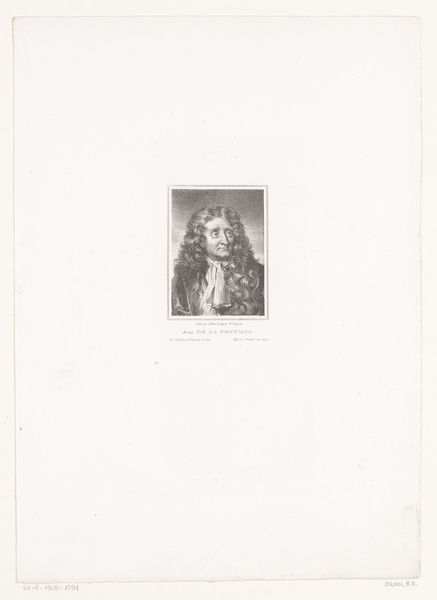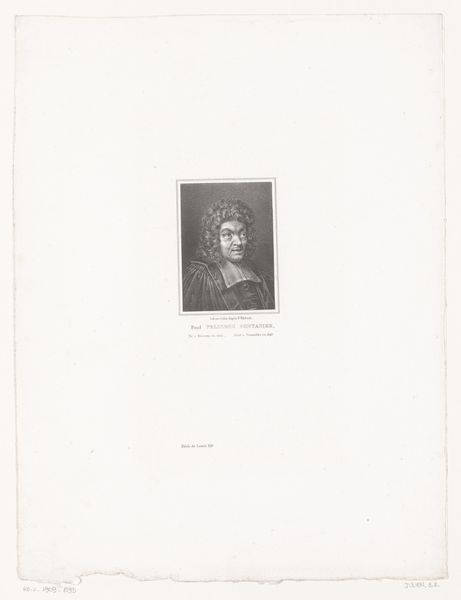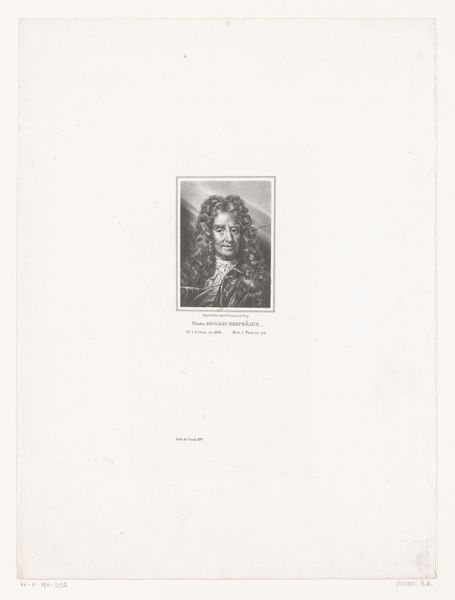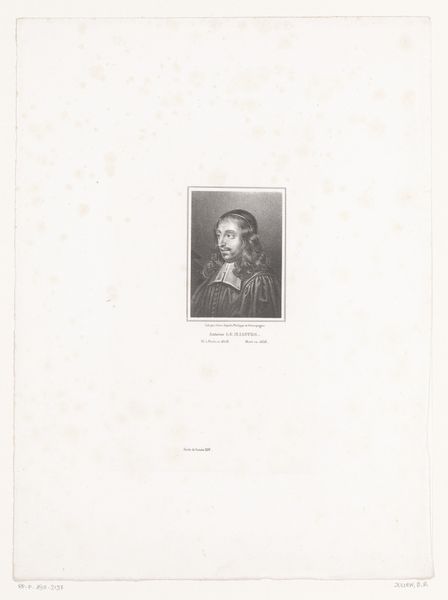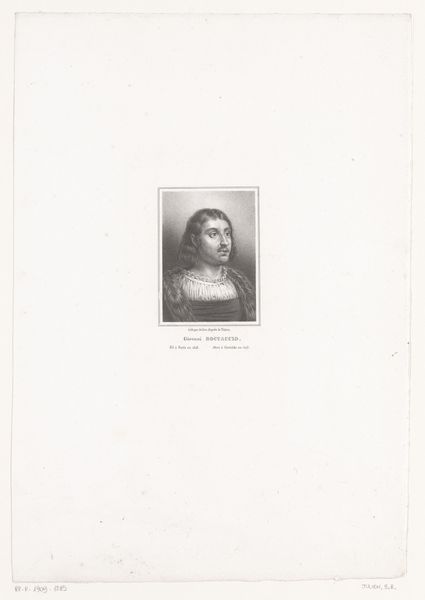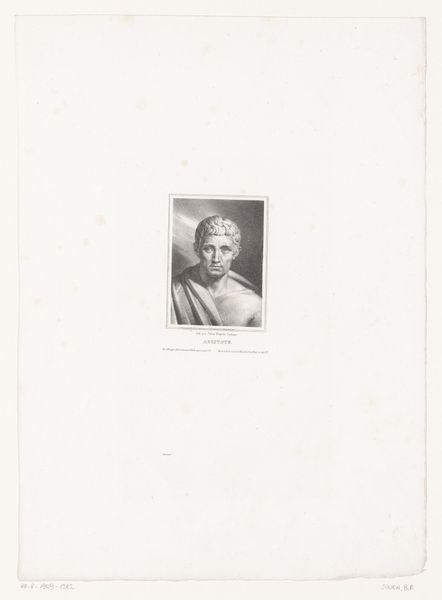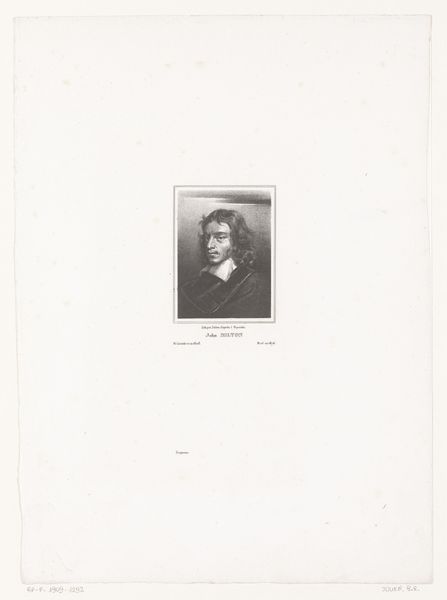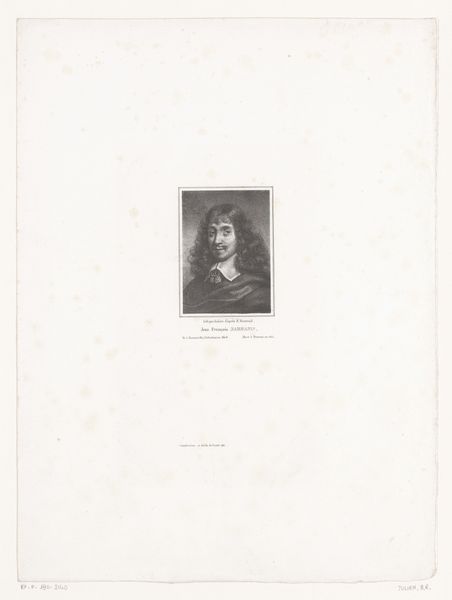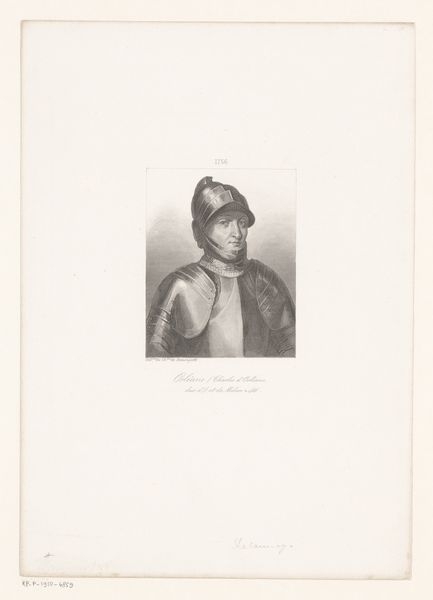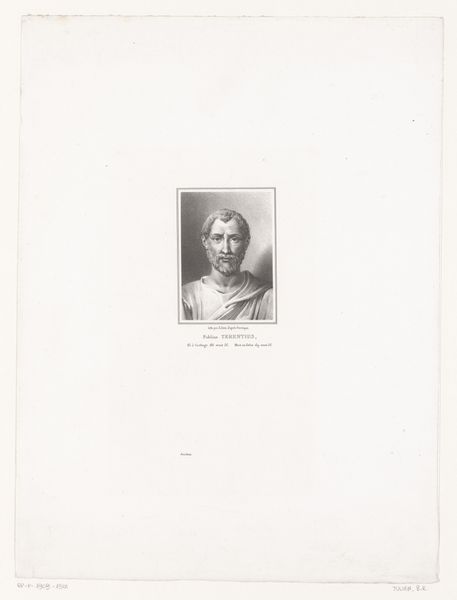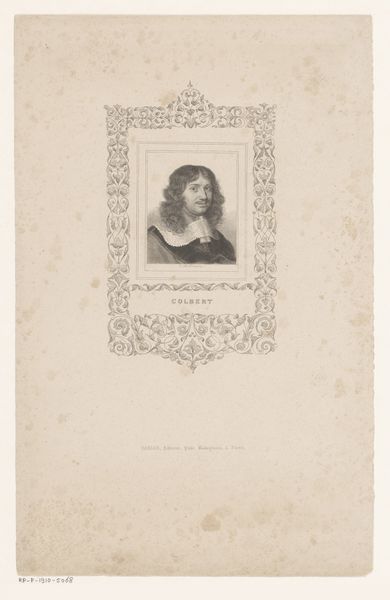
engraving
#
portrait
#
old engraving style
#
history-painting
#
engraving
#
realism
Dimensions: height 328 mm, width 254 mm
Copyright: Rijks Museum: Open Domain
Editor: So, here we have an engraving from 1830, "Portrait of Madeleine de Scudéry," by Bernard Romain Julien, residing here at the Rijksmuseum. It's striking how much detail Julien managed to capture with just engraving techniques. What specifically stands out to you about this piece? Curator: For me, it's the process. Consider the labor involved in creating this engraving. Julien is not just representing Scudéry; he’s translating her likeness through the very material means available to him. It speaks volumes about the economy of portraiture at the time – who had access, how images circulated. Were these prints widely available or exclusive commodities? Editor: That’s a really interesting point about the image's circulation! I hadn't thought about the economic side of portraiture and how engravings facilitated wider distribution, a sort of early mass media. Does the style—this kind of realistic portrayal—also relate to these material conditions? Curator: Absolutely. "Realism" here isn’t just an aesthetic choice. It is completely entangled with the printmaking technology, and the market demanding accessible representations of notable figures. What we see as style is inseparable from the production and consumption of this image. Editor: So, you're saying the artistic style is tied to social and economic factors influencing production and reception, thus influencing the choices an artist can and must make? I like the sound of that. Curator: Precisely! And that’s why looking at the material history often offers far more insight than just focusing on artistic genius in isolation. Editor: This has really reshaped how I think about engravings – from being simply historical portraits to being objects deeply rooted in their social and economic moment. Curator: Agreed. It also encourages a dialogue between “high art” and the "laborious" crafts that were key to the production and popularization of her image.
Comments
No comments
Be the first to comment and join the conversation on the ultimate creative platform.
